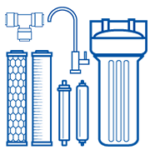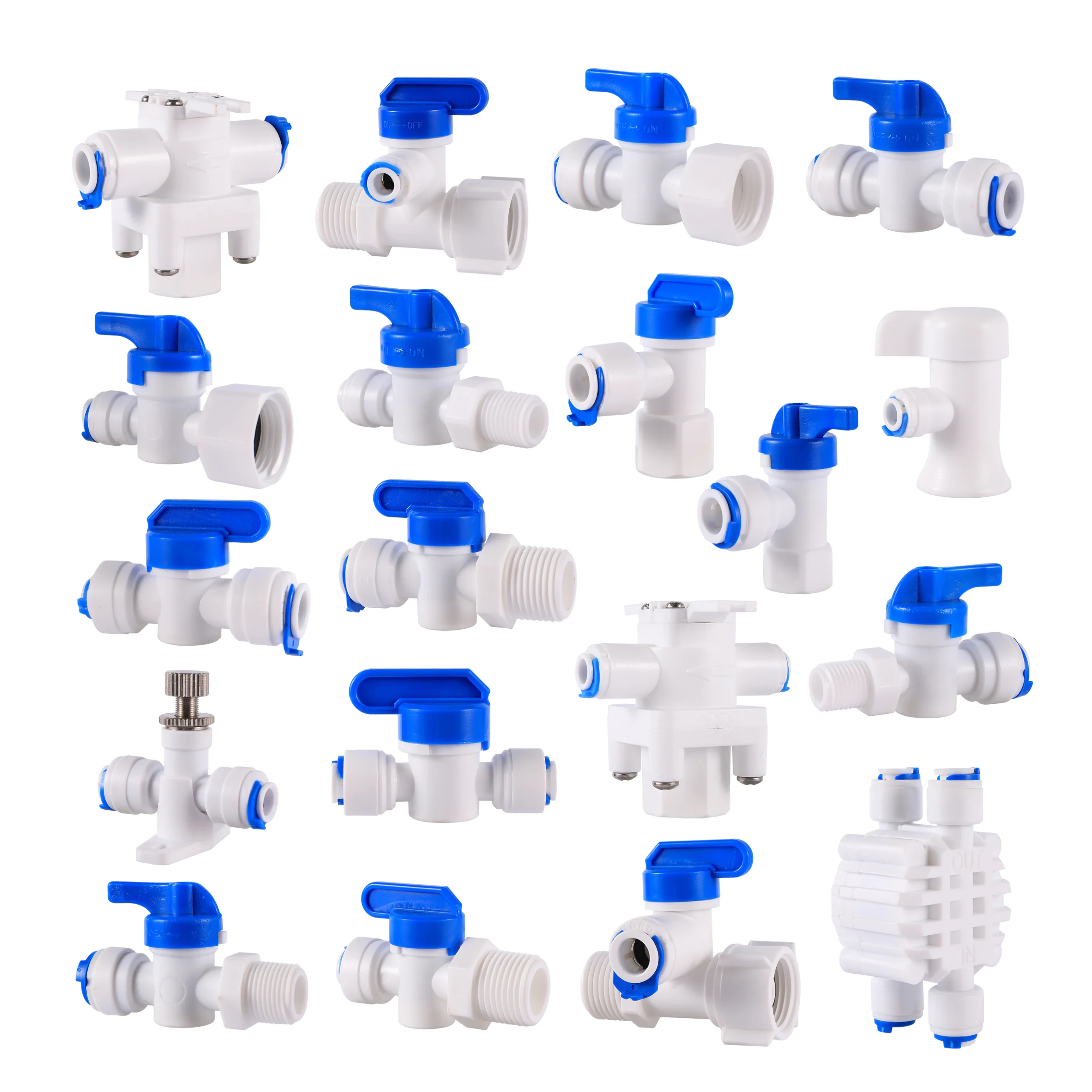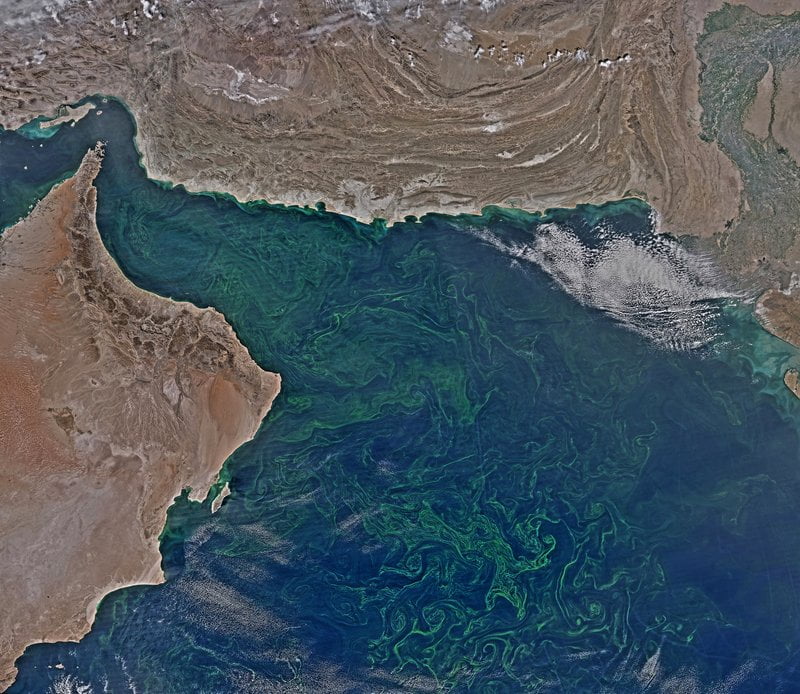The availability of high-speed computers has resulted in a widespread use of computer models in the analysis and prediction of hydrologic variables for research as well as for practical design and management purposes. These models vary greatly in type and complexity, from simple computer implementations of methods previously based on manual calculations to attempts to solve the nonlinear partial differential equations describing surface and subsurface flow processes that require much computation. All have their practical limitations.
Analysis
The simpler models treat the catchment as a single “lumped” (or undifferentiated) unit. It is clearly not possible to describe hydrologic processes in detail in such a model, and most processes are represented as empirical functional relationships between inputs and outputs. Some lumped models do not refer to the internal hydrologic processes of the catchment at all but use systems analysis techniques to relate inputs to outputs. The parameters of such computer models are calibrated by fitting the model to simulate a known discharge record. It is consequently very difficult to interpret parameters derived in this manner in a physically meaningful way or to extend the use of the model to sites where there are no discharge records. Parameter values for ungauged sites can sometimes be estimated from empirical relationships between catchment characteristics and parameter values derived from fitting a model at a number of gauged sites. The uncertainties in such a procedure, however, are high.
The more-complex computer models attempt to analyze the internal processes of the hydrologic system in greater detail, taking into account the spatial nature of the catchment, its topography, soils, vegetation, and geology. These are “distributed” models, usually formulated in terms of flow equations for each hydrologic process considered to be important. Some processes such as channel flows and groundwater flows can be described in a reasonably satisfactory way. In the case of other processes, as, for example, flow through the soil and evapotranspiration, hydrologists cannot be so sure of their descriptions. Distributed models tend to have many parameters. In principle, many of these parameters can be measured in the field or can be estimated from the physical characteristics of the catchment. In practice, such models have proved difficult to apply and have not been shown to provide more accurate results than simpler models in spite of their theoretical rigour.
Most models for hydrologic forecasting in practical use today are deterministic; that is to say, given a sequence of inputs to the model, the outputs are uniquely determined. In a probabilistic description of catchment hydrology, the effects of uncertainty in the model inputs, parameters, or descriptive equations must be reflected in a degree of uncertainty in the outputs. Such a model is known as a stochastic model.
Study Of Lakes
Limnology deals with both natural and man-made lakes, their physical properties, ecology, chemical properties, internal energy flows, and their interaction with the environment. It generally includes the ecology and biogeochemistry of flowing freshwater. The study of ancient lakes is known as paleolimnology. It involves extracting the history of an ancient lake basin based on evidence found in the sediments of the lake bed.
Lakes can be formed as a result of tectonic activity, glacial activity, volcanism, and thawing of the underlying rock. Man-made lakes or reservoirs can emerge from the construction of a dam within a natural catchment area or as a purely artificial water retention. In the first case, the reservoir can be filled with natural flow from upstream; In the second, the water supply must be piped or pumped from a surface or underground source. Using reservoir water for water supply, river regulation, or hydroelectric power generation can cause rapid changes in water levels that would not normally occur in a natural lake. In addition, water is often drawn from a reservoir at a certain depth, resulting in a shorter residence time than an equivalent natural lake.


 Yedek Parçalar
Yedek Parçalar
